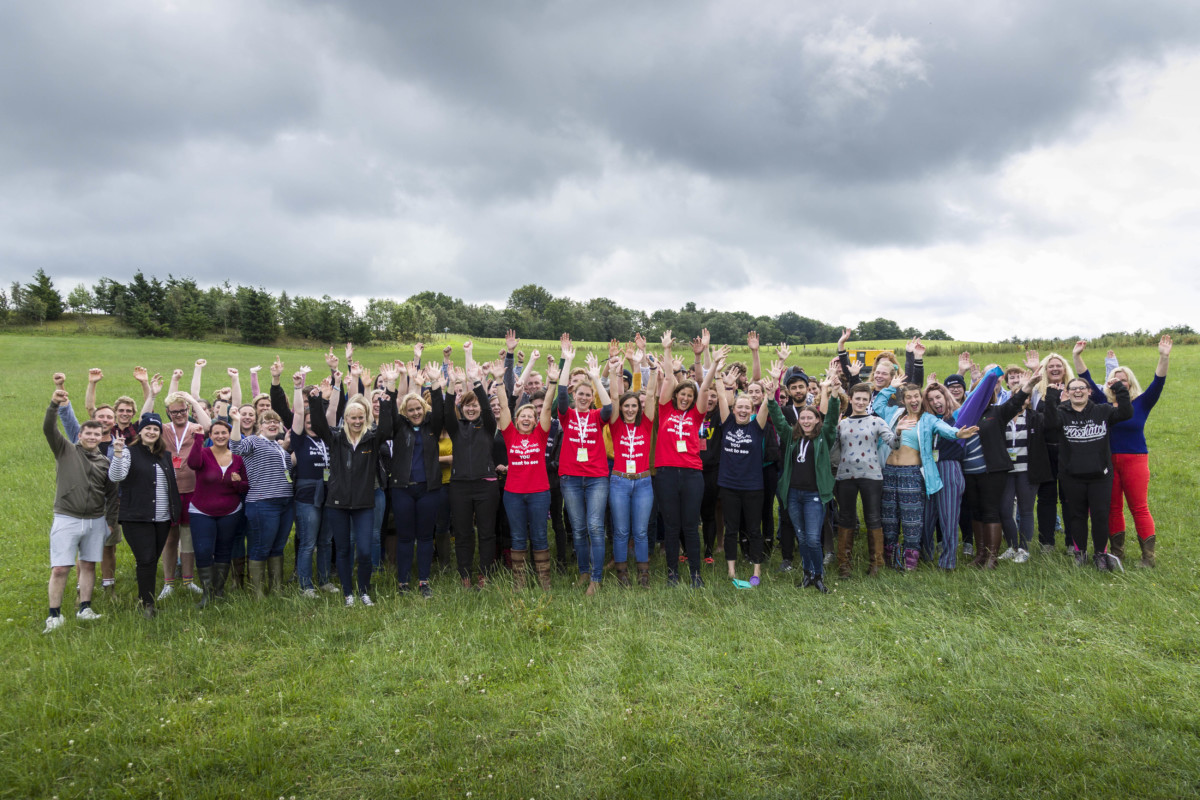Blogs & News
Rural Youth Project secures LEADER funding investment from five areas within Scotland
9 September 2019

The Rural Youth Project has been awarded funding from the LEADER Programme 2014-2020: The European Agricultural Fund for Rural Development: Europe investing in rural areas. The confirmed grant of £191,170 will be supported by five areas – Angus, Lanarkshire, Outer Hebrides, Rural Perth and Kinross and the Scottish Borders.
The Rural Youth Project is a movement for positive change to empower young people (18 to 28 years of age), through developing their leadership, business and enterprise skills, whilst encouraging positive activism, making rural places attractive and viable for them to build their lives.
This funding is the next phase of a longer-term programme to reach out to all areas of Scotland and enable all rural young people to participate and become the next generation of rural leaders.
The project, which was launched in January 2018 by Jane Craigie and Rebecca Dawes of Jane Craigie Marketing, will use the funding to support activity between September 2019 and October 2020 including entrepreneurship and leadership workshops, two rural youth ideas festival, vlogging (video logs) by young people, development of international relationships, a series of story-seeking and telling (case studies by film) and a steering committee with more than 40% of the board under the age of 35.
Digital assets and regular e-newsletters will also be developed to ensure they better reflect the project and provide the essential tools to support, showcase and build partnerships between young people and local communities.
A Communications and Project Coordinator, and an Admin and Bookkeeper will be appointed providing the equivalent of one full-time employee to deliver the day-to-day activities.
Rebecca Dawes, Director and co-founder of the Rural Youth Project said: “We are extremely excited that the Rural Youth Project has received support as part of a LEADER co-operation project. Our 2018 rural youth survey highlighted that only 13%* felt they had a say about the decisions affecting their local community, with over 80% living in rural areas due to emotional or family ties. Activities over the coming year will help to develop connections between rural youth groups and the network of people and organisations upholding social, economic and community development.
She continued: “In our survey 73%* said they were mildly or very optimistic about the future but were seeking out training in media and communications, entrepreneurship, basic business and networking in rural communities. We have listened and with the support of this funding, the Rural Youth Project will be supporting skills development to empower young people to invest their energy and talent into making rural places more attractive and vibrant to current and future generations.”
Jane Craigie, Director and co-founder of the Rural Youth Project added: “Our work to date has indicated a desire amongst young people to develop links between rural and urban communities, to encourage mutual understanding as well as social and commercial opportunities. Part of our focus during the remainder of 2019 and early 2020 will be to explore this further and to look at how “cool businesses” can play a vital role in attracting and retaining young people in rural areas.
“A core focus of the project will be story-seeking and telling, sharing ideas from Scotland and across the world to celebrate successful initiatives that can be replicated or adapted to meet the needs of rural youth and our communities.”
Explaining the importance of Rural LEADER support, Jackie Brierton said “We are delighted to be able to support the next stage of the Rural Youth Project as a LEADER Cooperation, following on and developing the work carried out at the Rural Youth Festival in 2018. Aligning with our local development strategy by supporting and encouraging young people who live rurally, it’s an engaging concept and supports our strategic aims to develop skills and leadership potential in rural Scotland. Focusing on the issues highlighted in the earlier stages of the project, this will empower young people to make the changes they want to see in their rural communities, making them places they want to live.”
Registered in Scotland No. SC623598







